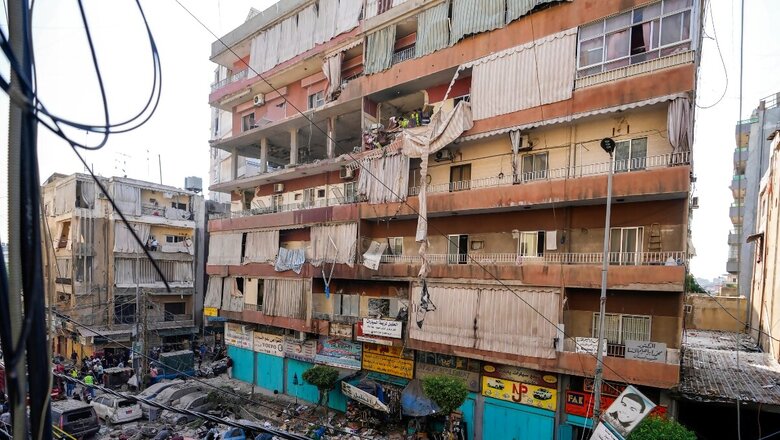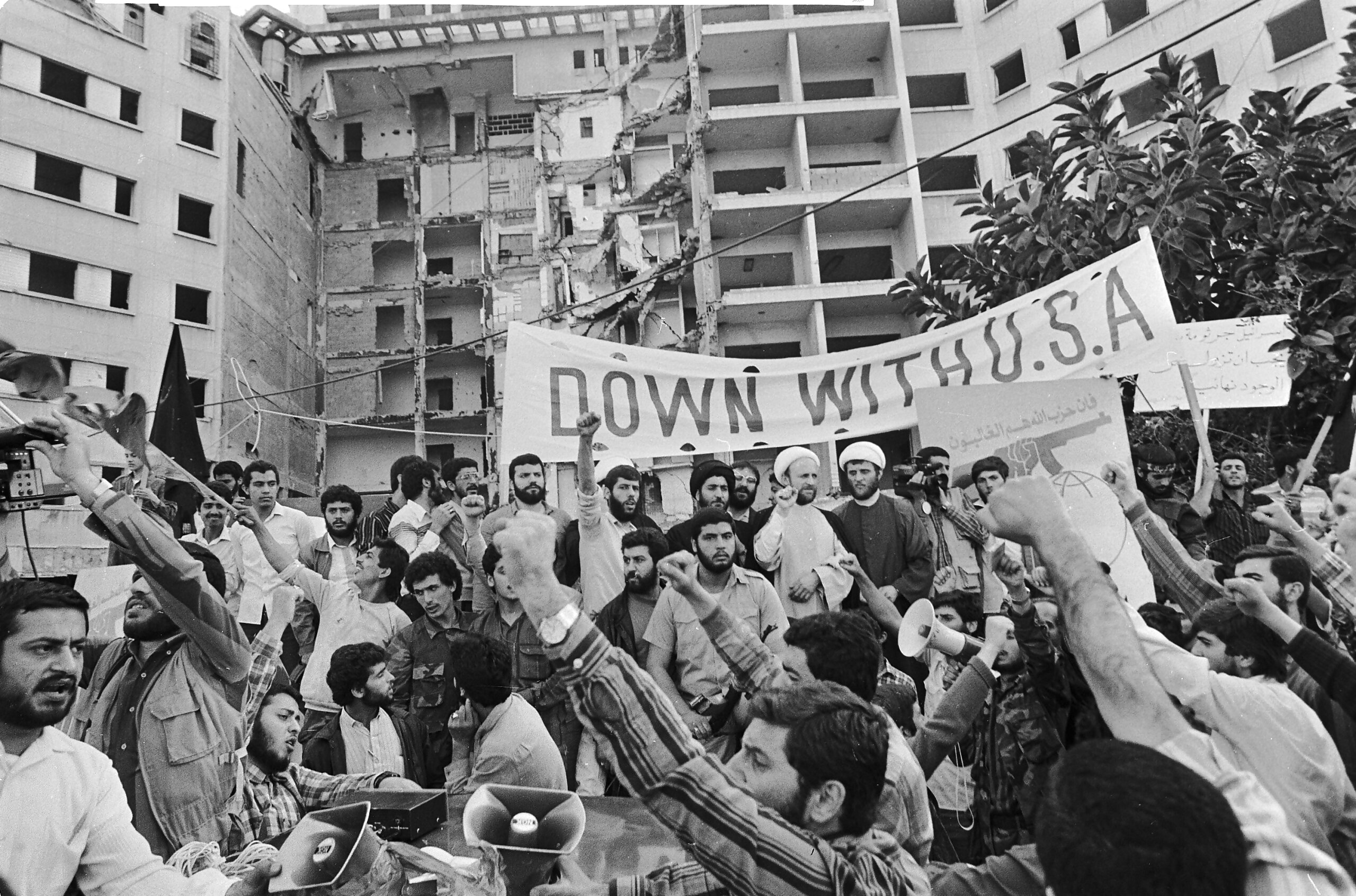
views
Close to a year into conflict in Gaza, Israel and Hezbollah are locked in fierce cross-border fighting and are on the verge of a full-blown war. This conflict, which is intensifying with every passing day, could leave Lebanon in ruins — a country already grappling with severe political and economic hurdles.
Despite its small size, the strategically located nation has often been at the centre of major conflicts in the Middle East due to its borders with Syria and Israel. Years of civil wars and regional conflict left much of the capital city in ruins, with neighbourhoods like West Beirut bearing scars from bombings and sectarian violence. Once dubbed the “Paris of the Middle East,” Beirut has become a city marred by rubble.
Its History and Geography
The country’s troubled history dates back to the end of WWI, which led to the establishment of the French Mandate over Lebanon in 1920. The French created Greater Lebanon and included several religious communities in the mix, which laid the groundwork for future sectarian tensions between Christians and Muslims. During the mandate period, Lebanon experienced both economic growth and social unrest.
The capital city of Beirut emerged as a cultural hub, attracting intellectuals and artists from across the Middle East region. However, claims of preferential treatment to certain communities fostered resentment among others, setting the stage for future conflicts. The mostly Arabic and French-speaking country’s geographic location has made it a battleground for regional powers. Nestled between Syria to the north and Israel to the south, Lebanon has often been caught in wars involving its neighbouring countries.
Its coastal position along the Mediterranean Sea further enhances its strategic importance. The presence of Palestinian refugees since the 1948 Arab-Israeli War has also complicated Lebanon’s internal dynamics. Palestinian factions used Lebanon as a base for attacks against Israel, prompting retaliatory strikes that have destabilised the country further.
The Lebanese Civil War
The Lebanese Civil War (1975-1990) was a key moment in the country’s history. The conflict began from a deep-seated sectarian divide worsened by political corruption and foreign influences. Various factions, including Christian militias and Palestinian groups like the Palestine Liberation Organization (PLO), vied for power. The war resulted in over 100,000 deaths and massive destruction of infrastructure.
Hezbollah emerged during this tumultuous period as a Shiite militant group backed by Iran. Initially formed to resist Israeli occupation following its invasion in 1982, Hezbollah quickly evolved into a key military force within Lebanon. Backed by Iran’s Revolutionary Guard Corps, Hezbollah developed into one of the most powerful paramilitary outfits in the region. Over the years, it expanded its influence beyond military operations and became an integral part of Lebanese politics.

Hezbollah Strongholds
In the fateful year of 2006, Hezbollah fighters ambushed an Israeli patrol and took two soldiers hostage in a cross-border raid. That sparked a monthlong war between Hezbollah and Israel that ended in a draw, but Israeli bombardment wreaked widespread destruction in southern Lebanon. Israel’s objective was eliminating Hezbollah, but the Lebanese group came out stronger and became a key military and political power on the Jewish country’s northern border.
Military experts often underline how Hezbollah operates primarily from southern Lebanon but has established strongholds in multiple locations throughout the country. These locations are strategically chosen not only for their military advantages but also because they are often densely populated areas, where civilian presence complicates retaliatory actions.
In southern Lebanon, cities like Tyre and Sidon serve as launch points for rocket attacks against Israel. These areas provide the Iranian-backed outfit with direct access to the border. In Beirut, the Dahiyeh neighbourhood is known for its dense population and serves as a key base for Hezbollah’s activities. The Bekaa Valley is another critical region for Hezbollah, offering logistical support due to its proximity to Syria.
Growing capabilities
Hezbollah’s military capabilities have surged over the years, and it has played a key role in the Syrian civil war, helping keep President Bashar Assad in power there. It has also helped train militias in Syria and Iraq, as well as Yemen’s Houthi rebels. Israel estimates Hezbollah has some 150,000 rockets and missiles, including guided missiles and long-range projectiles capable of striking anywhere in Israel.
Throughout its latest conflict with Israel, Hezbollah has gradually introduced new weapons to its arsenal. While Hezbollah initially began launching anti-tank missiles and rockets, it eventually introduced explosive drones and surface-to-air missiles for the first time. Hezbollah leader Hassan Nasrallah has warned Israel that his group has new weapons and capabilities, and it has published surveillance drone footage taken deep inside northern Israel that showed the port of Haifa and other sites far from the Lebanon-Israel border.
History Repeats Itself
In the past few days, Hezbollah has struck deeper into Israel than at any time in the past year. Since Monday, Israel has responded strongly by targeting thousands of locations across Lebanon, killing over 600 people and wounding 1,645. This military response has caused a wave of displacement as thousands fled from southern Lebanon to the north. It was a staggering one-day toll that shocked a nation accustomed to war. This was by far the deadliest barrage since the monthlong 2006 Israel-Hezbollah war, when an estimated 1,000 people in Lebanon were killed. In the coming days, how the two warring sides act could have far-reaching effects on the fate of Lebanon.


















Comments
0 comment